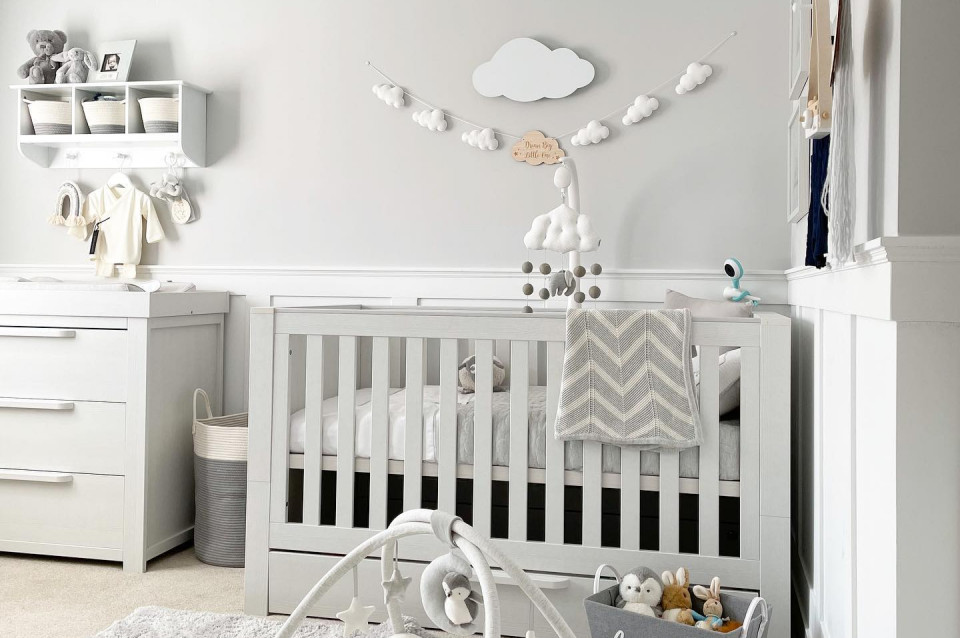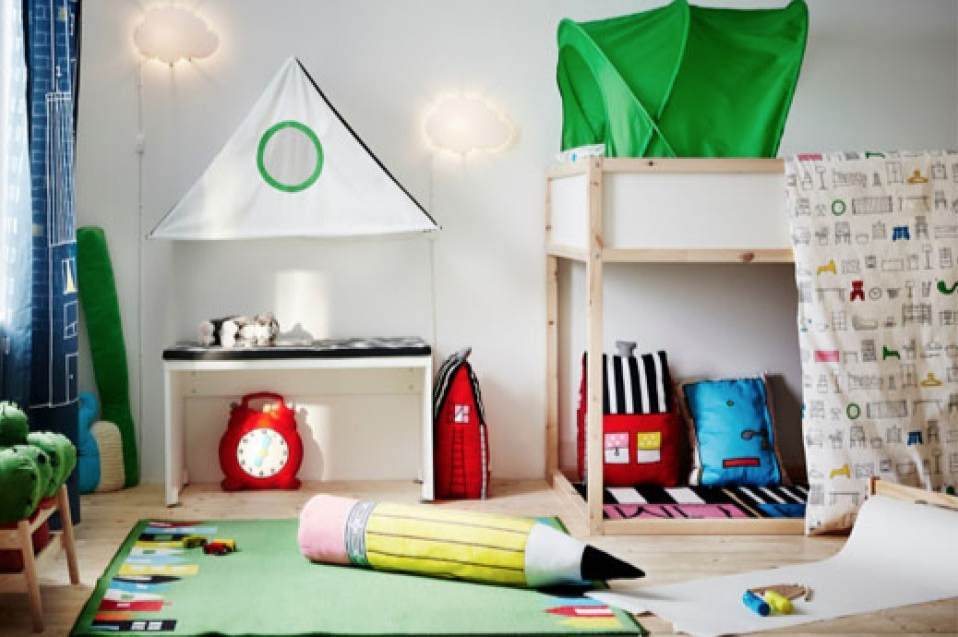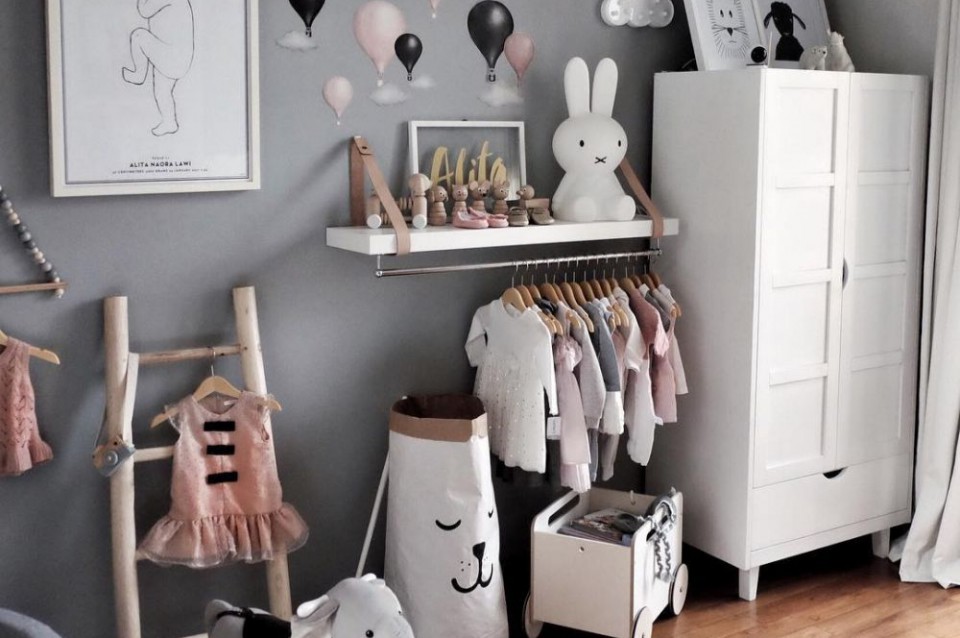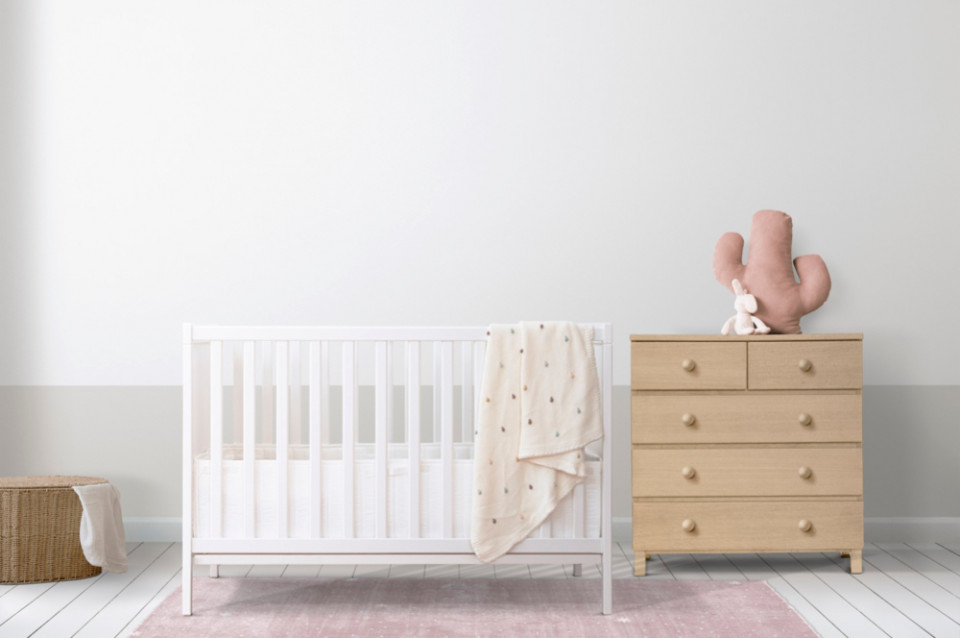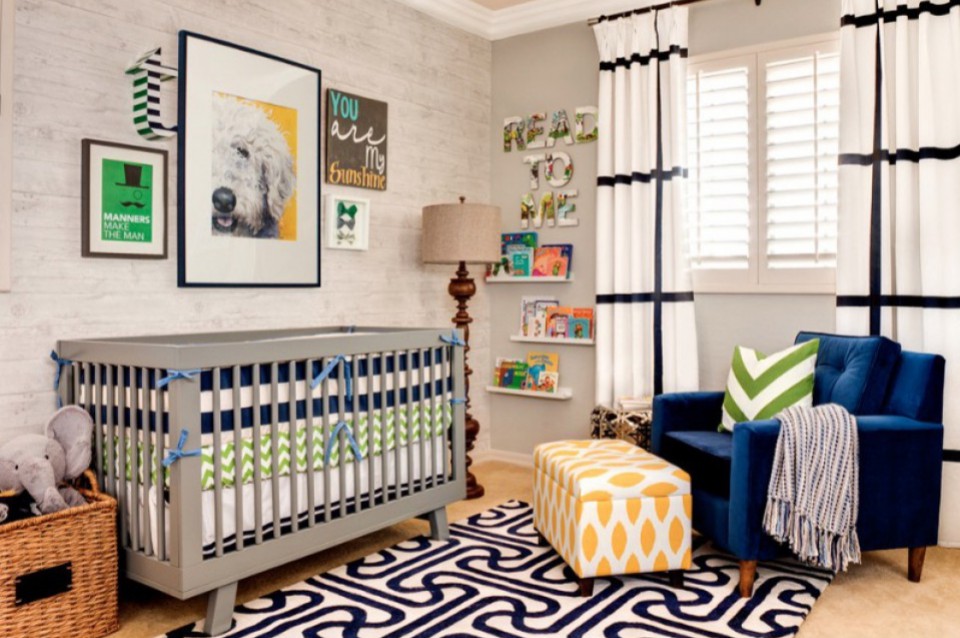Tips for Designing a Kid-Friendly Home That’s Comfortable for Your Children and Family
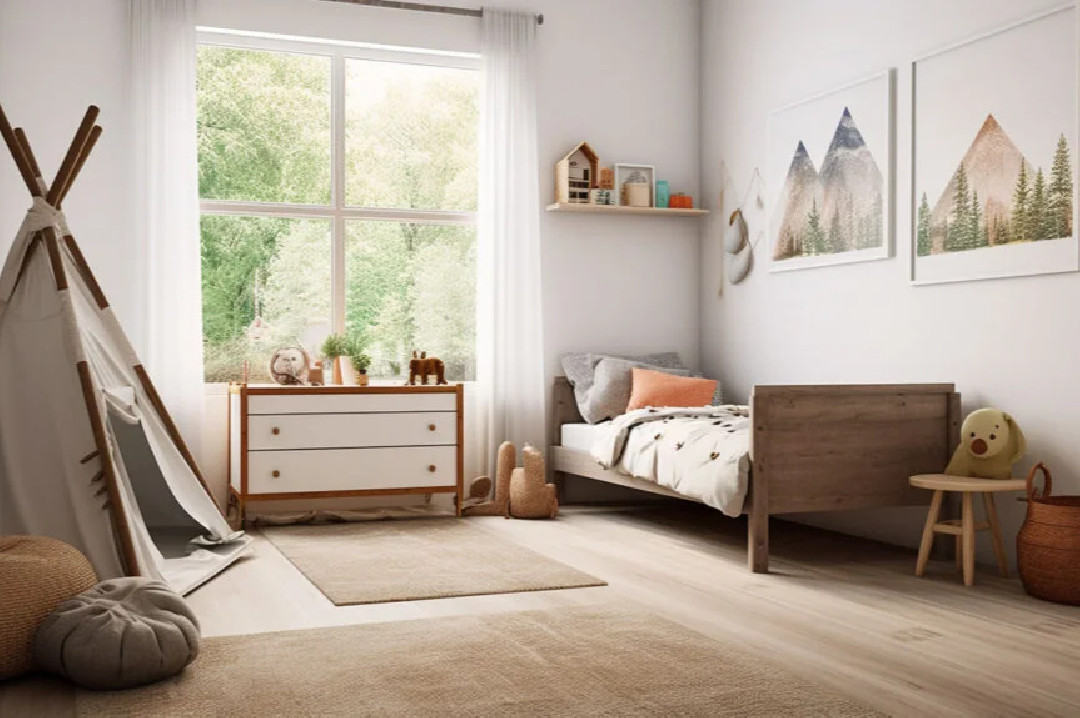
Designing a kid-friendly home is an essential step for parents who want to create a safe, comfortable, and fun environment for their children. A child-friendly home is not just about aesthetics but also prioritizes safety, comfort, and practicality. Here are some tips to help you create a kid-friendly home, which can be applied to various areas of your house.
Focus on Safety
Safety is the top priority when designing a child-friendly home. Children, especially toddlers, tend to be very curious about their surroundings. Therefore, it’s essential to take the following safety precautions:
Use Furniture with Rounded Edges
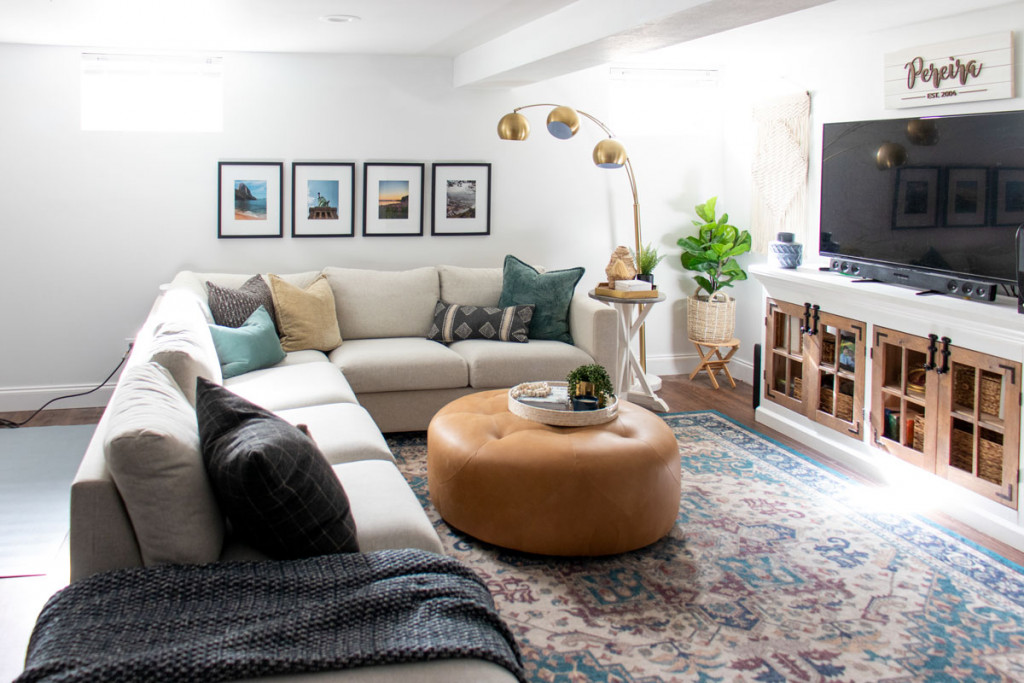
Source: shadesofblueinteriors.com
Tables, chairs, and cabinets with sharp corners can pose a danger to small children who love to run and play around the house. Opt for furniture with rounded edges or add corner protectors to reduce the risk of injury.
Locks on Drawers and Cabinets
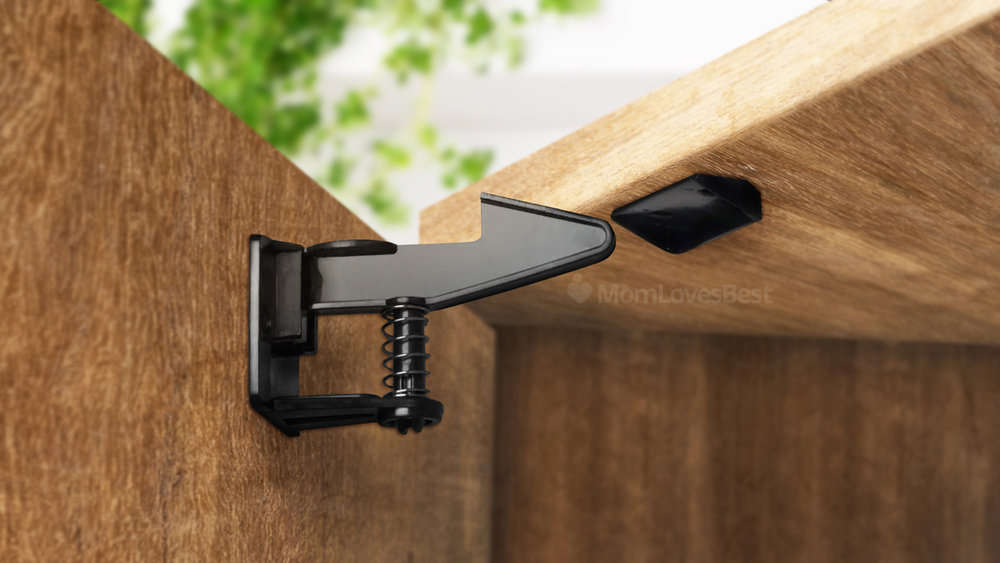
Source: momlovesbest.com
To prevent children from accessing dangerous items such as medicines, sharp kitchen tools, or heavy equipment, ensure that drawers and cabinets are securely locked.
Limit Access to Dangerous Areas

Source: waywoodhome.com
Staircases, kitchens, and garages are high-risk areas for children. Install safety gates at the top and bottom of staircases to keep children from playing in these areas unsupervised. Kitchen doors can also have child-proof locks to restrict access.
Choose Safe Materials

Source: luxdeco.com
Use durable, non-toxic materials. For example, choose eco-friendly, child-safe paint and avoid using fragile materials like thin glass in areas easily reached by children.
Design Flexible and Multifunctional Spaces
Children grow quickly, and their needs change as they age. Therefore, it’s essential to design rooms that are flexible and can easily adapt to your child’s development.
A Bedroom That Grows with Your Child

Source: montgomeryhomes.com.au
When designing a child's bedroom, opt for furniture that can last and adapt to their changing needs. A standard adult-sized bed, for instance, can be used until they grow older. Choose timeless colors and decor themes so you won’t need to frequently update the room’s design.
A Play Area That Can Transform
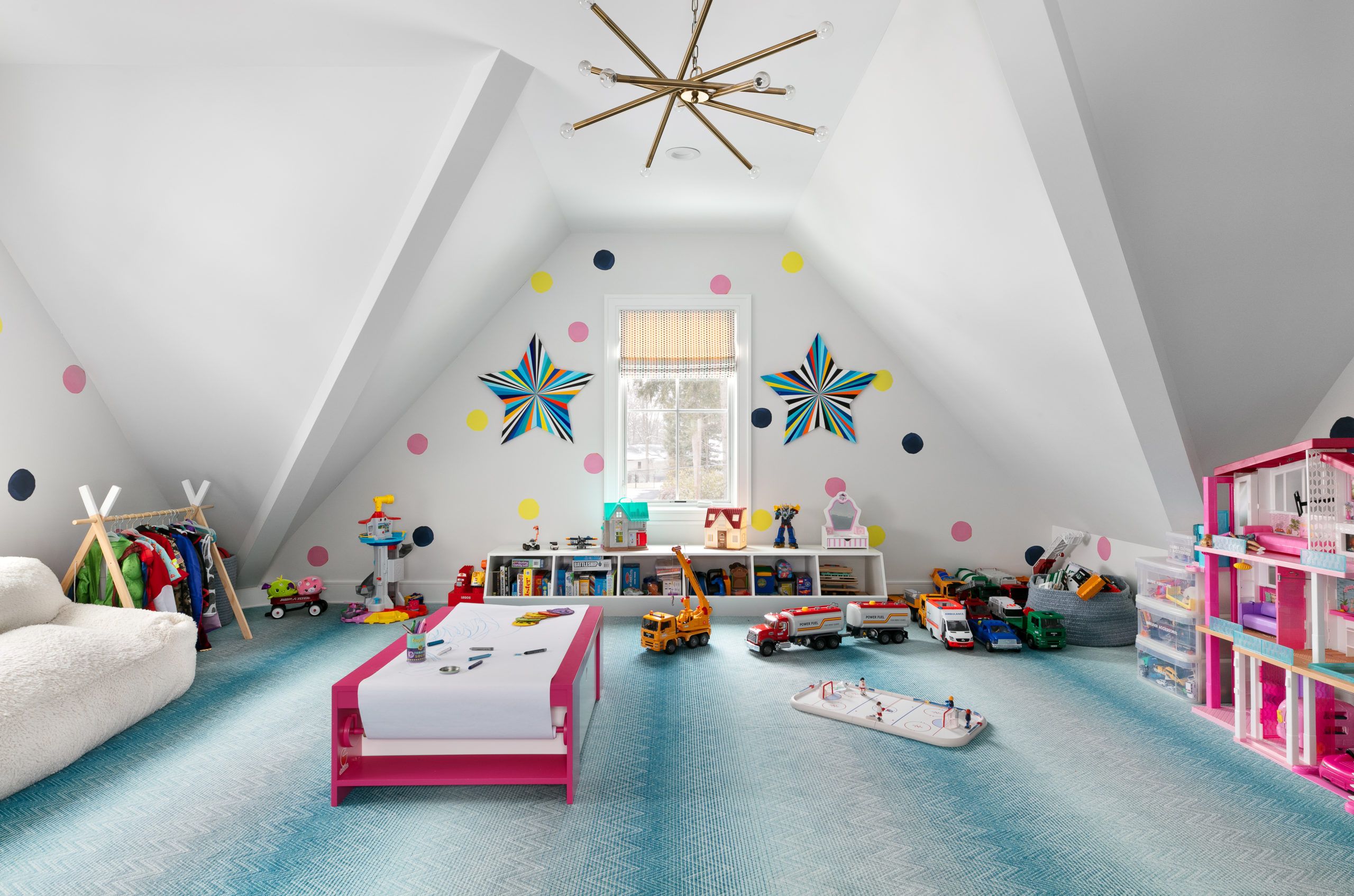
Source: goodhousekeeping.com
Provide a spacious and flexible play area. Start with a soft carpet and easy-to-reach toys. Over time, this space can be transformed into a study or creative area with more structure.
Use Easy-to-Clean Materials
Children are often messy, leaving stains and spills around the house. To combat this, choose materials that are easy to clean and durable.
Floors

Source: ellenkurtzinteriors.com
Opt for flooring that is easy to clean, such as vinyl, hardwood, or tile. Avoid thick carpets in high-traffic areas, as they are harder to clean when spills occur.
Walls

Source: houzz.com.au
Choose wall paint that is scratch-resistant and easy to clean. Alternatively, use washable wallpaper so you won’t have to worry if your child scribbles on the walls.
Furniture
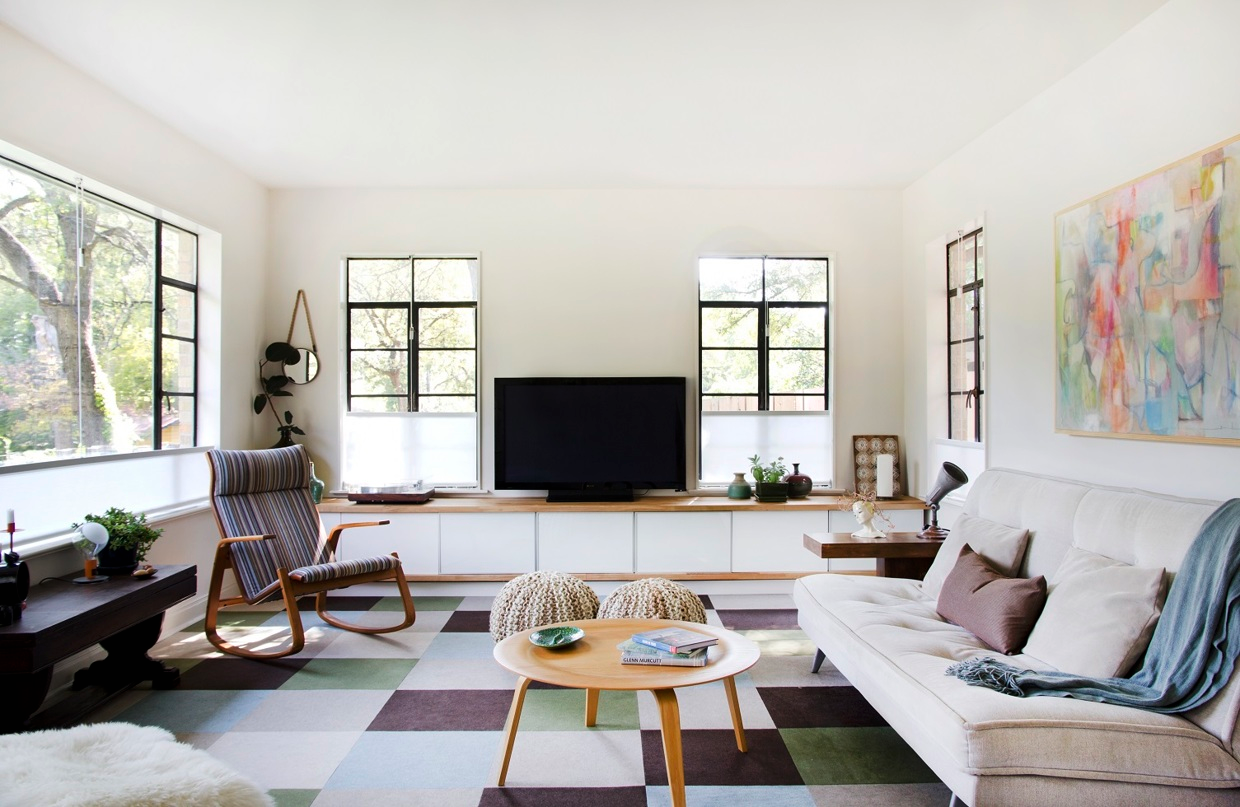
Source: home-designing.com
Select sofas and chairs made from easy-to-clean fabric, or choose sofa covers that can be washed. You might also consider waterproof materials or anti-stain coatings on your furniture.
Create Special Spaces for Children
Children need special spaces for play and learning. Creating these areas helps foster creativity and productivity while providing them with a safe, personal space to explore.
Playroom
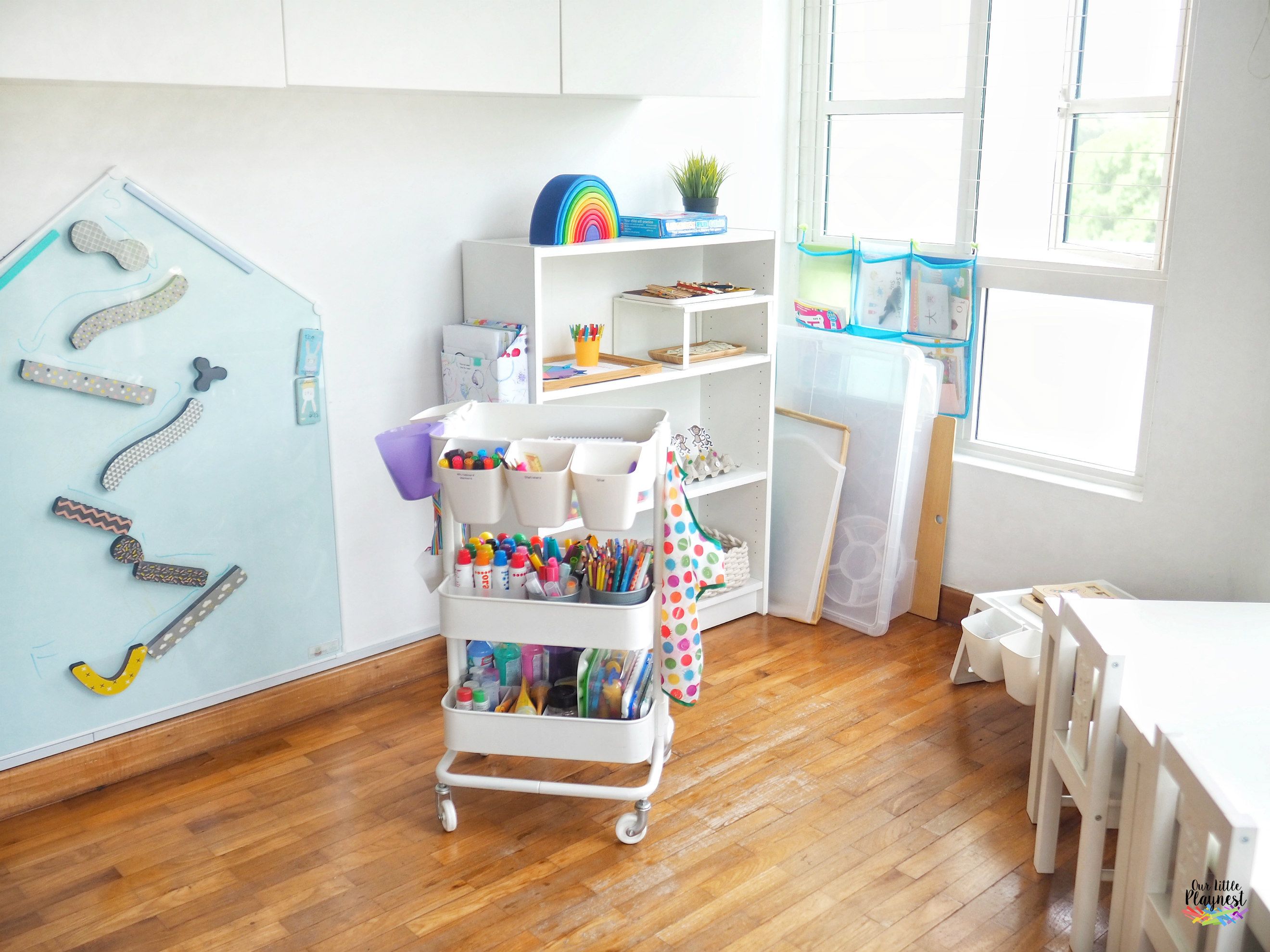
Source: ourlittleplaynest.com
Design a separate play area, either in their bedroom or the family room. Equip this space with educational toys, storybooks, and arts and crafts supplies. Also, provide organized storage solutions like hanging shelves or large storage bins.
Study Area
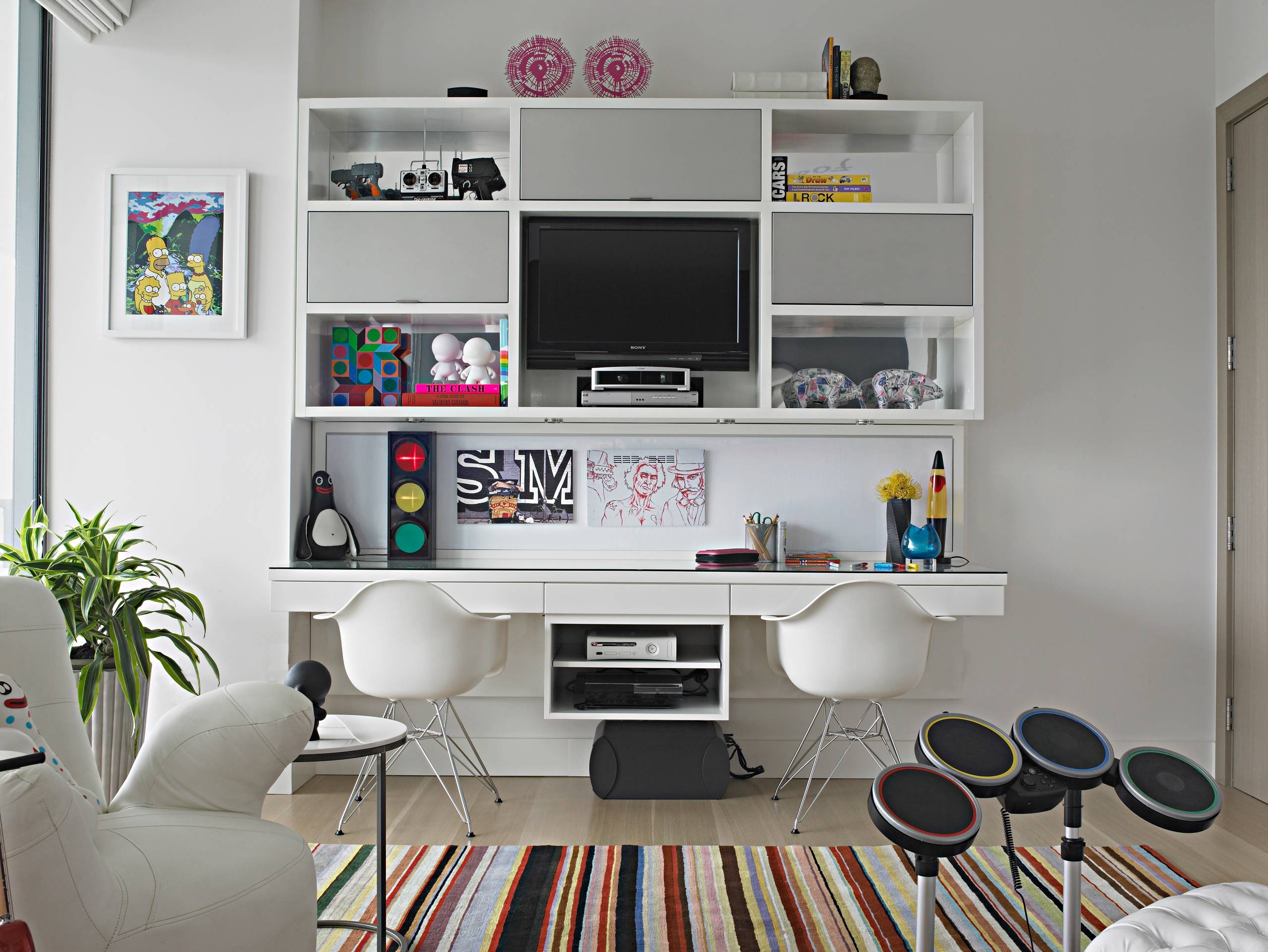
Source: houzz.com
Children need a dedicated space for quiet study and learning. Choose an ergonomic study desk suited to their size and provide adequate lighting to enhance focus.
Utilize Practical Storage Solutions
Homes with children are often filled with toys, books, and small items. It’s important to maximize storage space to keep the house neat and organized.
Easy-to-Reach Storage Shelves

Source: homeandontheway.com
Install shelves that are easily accessible for children, allowing them to independently retrieve and put away their items. Open shelves also make it easy for children to see and choose what they want to use.
Toy Box
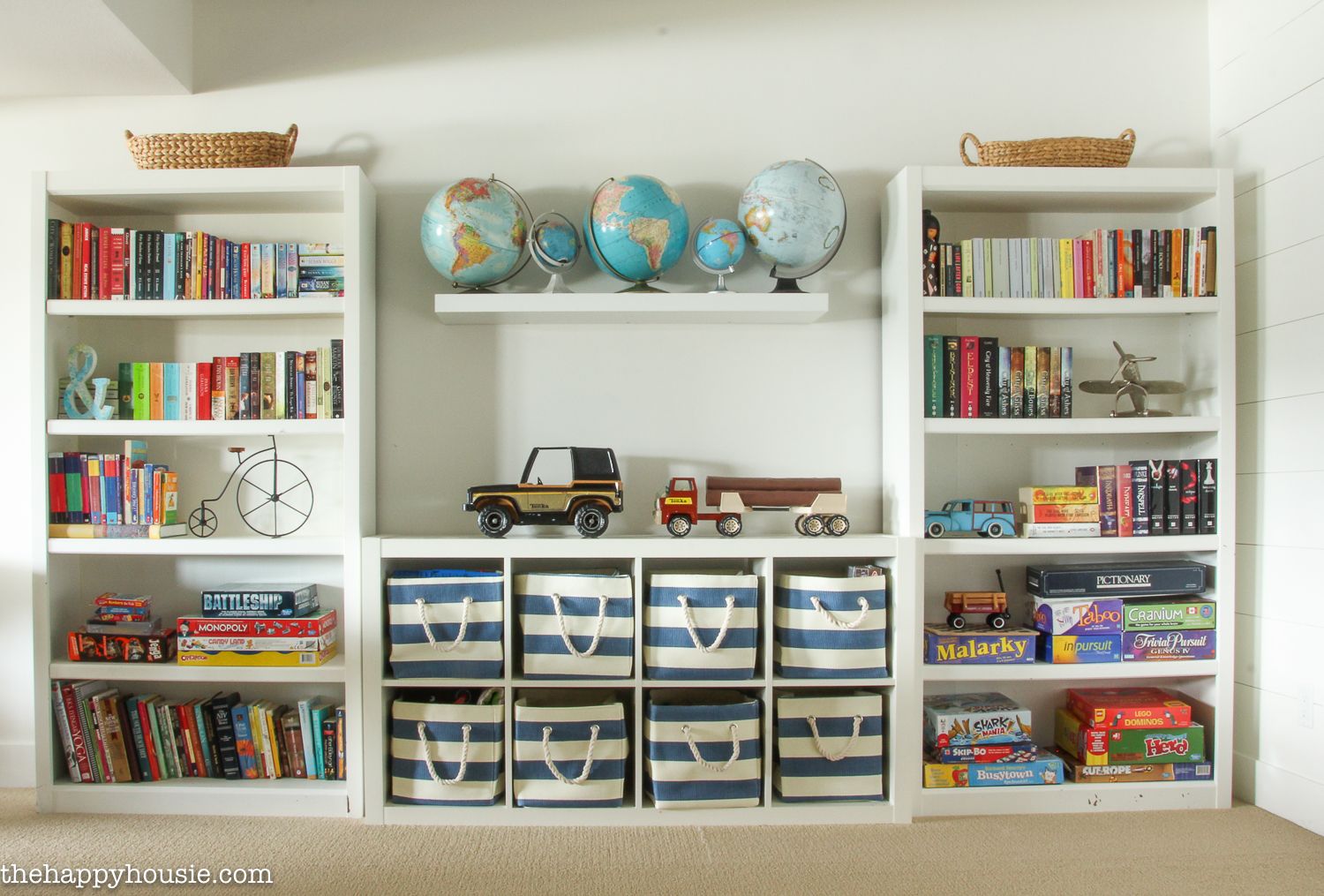
Source: countryliving.com
Provide dedicated boxes or baskets for toys. This not only simplifies storage but also teaches children to be responsible for cleaning up their toys after playing.
Lighting
Good lighting is crucial for both safety and comfort. Ensure every room receives adequate lighting, whether it’s from natural sunlight or artificial sources.
Natural Lighting
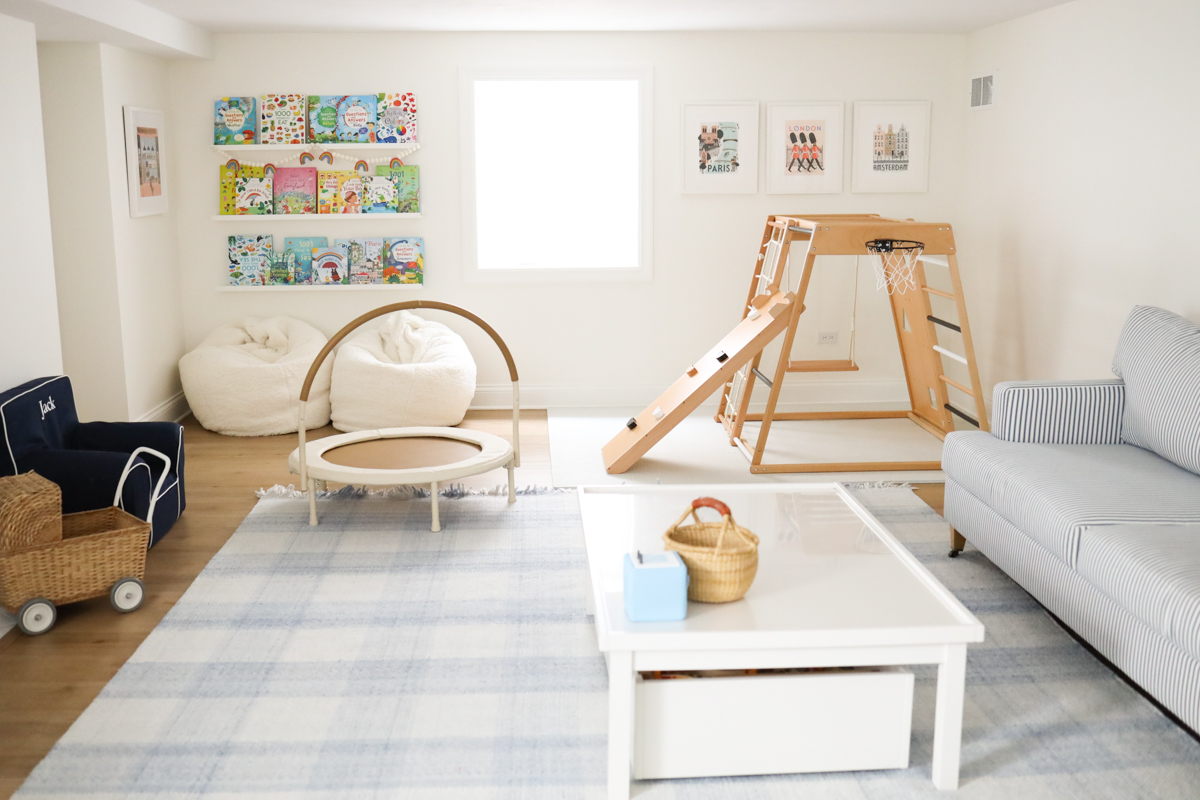
Source: danielle-moss.com
Maximize natural light by installing large windows or using thin curtains that allow sunlight to pass through. Natural light is beneficial for eye health and helps create a warm and welcoming atmosphere inside the house.
Suitable Lamps

Source: carlyriordan.com
Use soft lighting in children's bedrooms to make them feel more comfortable during bedtime. In study areas, provide a bright desk lamp to support reading and learning activities.
Select the Right Colors
Color plays a crucial role in creating a child-friendly atmosphere at home. Bright colors can boost a child’s mood and energy, while softer hues can create a calming environment.
Bright and Neutral Colors
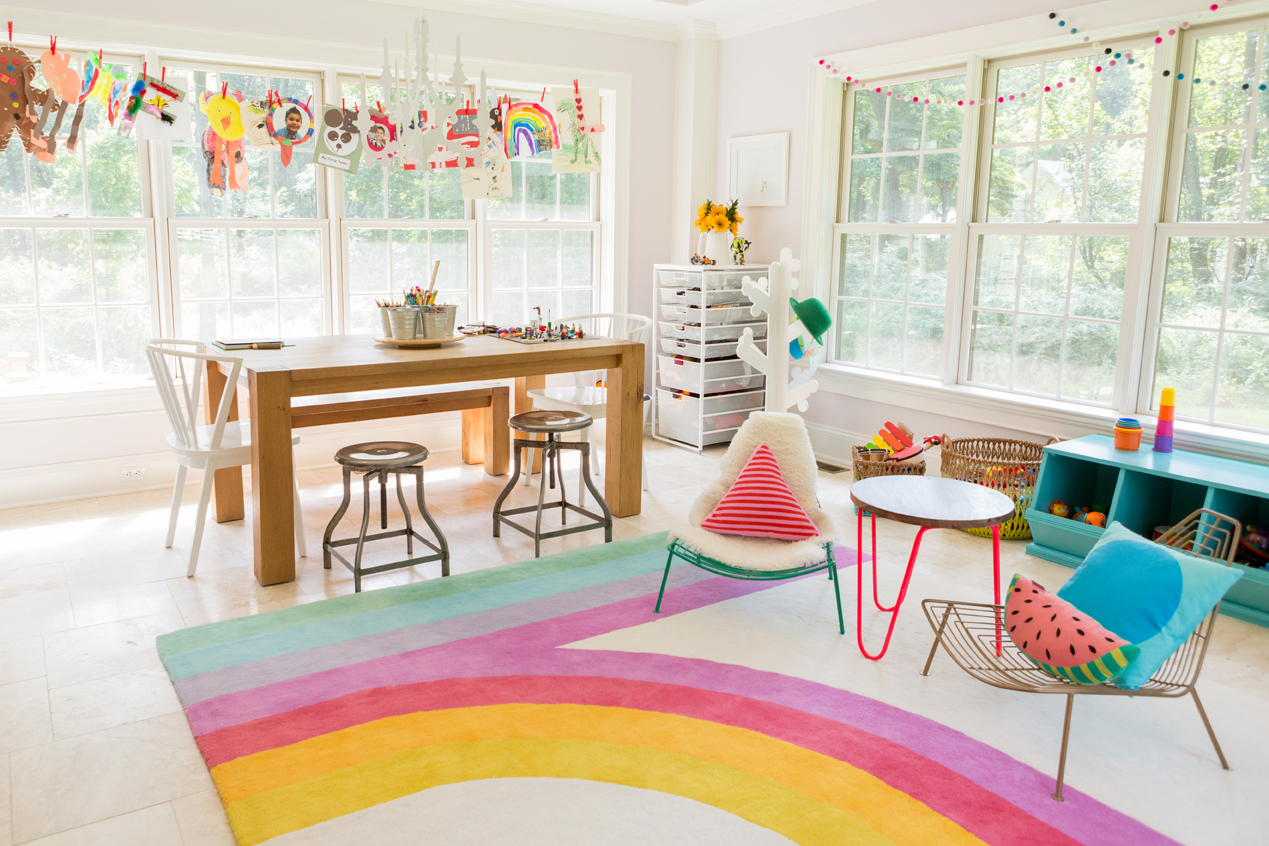
Source: projectnursery.com
A combination of bright and neutral colors is often ideal for children's rooms. Bright colors like yellow, green, or blue can be used as accents on walls, furniture, or decorations, while neutral shades like white or gray can offer balance and prevent the space from being too overwhelming.
Personalized Colors

Source: esbflooring.com
If your child is old enough, let them choose the colors or decoration themes they like for their room. This is a great way to involve them in the design process and make them feel more at home.
Use Creative Decor
Creative and educational decor can make the house more enjoyable for children. Choose decorative elements that support their physical and cognitive development.
Wall Decor

Source: jessicabrigham.com
Hang posters or murals featuring educational images such as alphabets, numbers, or world maps. You can also install chalkboards or magnetic boards as a space for kids to draw or write.
Indoor Garden

Source: wildinteriors.com
If possible, create a small indoor garden with decorative plants. Not only does it beautify the house, but it also serves as a learning space for children to care for plants.
Conclusion
Designing a kid-friendly home is a long-term investment in the safety and comfort of your family. A home that considers the needs of children creates a more enjoyable, secure environment that supports their growth. By focusing on safety, comfort, flexibility, and adding creative touches, you can create a home that is not only child-friendly but also stylish and functional for the entire family.
Heading Source: homestaginginstitute.com


